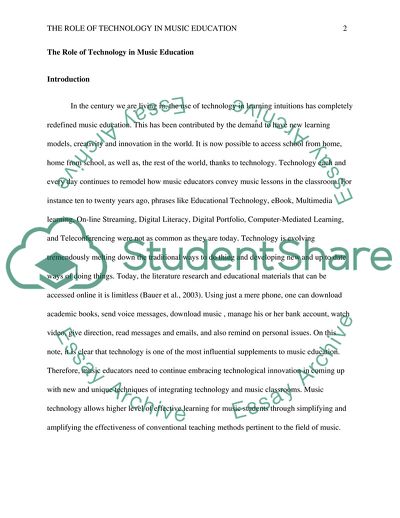Cite this document
(The Role of Technology in Music Education Report Example | Topics and Well Written Essays - 2750 words, n.d.)
The Role of Technology in Music Education Report Example | Topics and Well Written Essays - 2750 words. https://studentshare.org/education/1817566-music-technology
The Role of Technology in Music Education Report Example | Topics and Well Written Essays - 2750 words. https://studentshare.org/education/1817566-music-technology
(The Role of Technology in Music Education Report Example | Topics and Well Written Essays - 2750 Words)
The Role of Technology in Music Education Report Example | Topics and Well Written Essays - 2750 Words. https://studentshare.org/education/1817566-music-technology.
The Role of Technology in Music Education Report Example | Topics and Well Written Essays - 2750 Words. https://studentshare.org/education/1817566-music-technology.
“The Role of Technology in Music Education Report Example | Topics and Well Written Essays - 2750 Words”. https://studentshare.org/education/1817566-music-technology.


